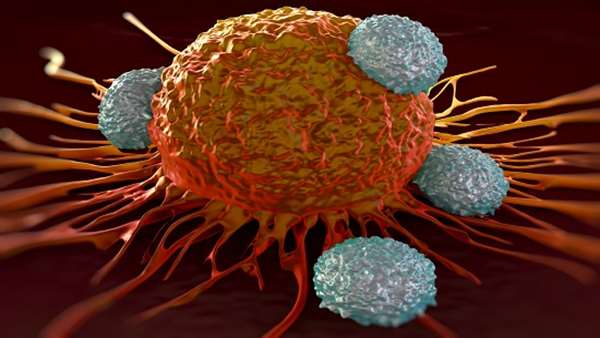The challenges of solid tumors for designer CAR-T therapies: a 25-year perspective
Every chemotherapy agent approved in use in cancer patients has proven its utility against cancer, to varying degrees, but most have significant side effects that can be found in the package insert.
Every chemotherapy agent approved in use in cancer patients has proven its utility against cancer, to varying degrees, but most have significant side effects that can be found in the package insert. Similar to these chemotherapy agents, each with a set of toxicities that accompany its success, we must chronicle the adverse
impacts of each CAR-T therapy and balance it against the benefits. In every instance, this is learned with the dose escalations that have been traditionally mandated by Food and Drug Administration and agencies. During such escalations, events may arise that were not anticipated a priori. For example, when CAIX was targeted by a first-generation G250 CAR-T, there was liver toxicity that was not anticipated because the antigen was not previously
recognized on biliary epithelium. Similarly, when applying a MAGE-3 TCR, MAGE-3 peptide targeting was not anticipated to yield cross-reactive neurotoxic effects.It has been said (by me) that any immunologist can treat a B-cell
cancer with CAR-T, but it will take an oncologist to treat a solid tumor. That is not to say that there are not hazards to treating a B-cell malignancy. A B-cell cancer generates cytokine release syndrome, which can be treated with antibodies. But then one can sit back and watch the tumor disappear. Even this toxicity is not from targeting the
normal tissue; it is systemic toxicity from the T cells themselves, undergoing an exuberant stimulation and cytokine production.
Balancing safety against these more potent CAR-T cells, however created and applied, methods may also be considered to attenuate or manage side effects in a controlled manner. These include choice of antigen to minimize risk to sensitive normal tissue, choice of vector structure with combinatorial CARs or CAR+iCAR,114 with suicide gene as last resort (inducible caspase).115 Safety may also be enhanced by choice of treatment design with regional versus systemic infusion, and by choice of escalation method with SI and dose escalation versus LD and engraftment. Finally, safety ultimately requires attention to the specifics of the side effects (fever, diarrhea and so on) that may be ameliorated with established medical interventions, or by newly devised interventions in the same way that MESNA was developed to abate bladder toxicity in high-dose cyclophosphamide therapy.130 In the same way that we apply chemotherapy agents with a balance between tumor and tissue activity, we need to be prepared for the same balance with these agents; the concepts are the same.
Reference: https://www.nature.com/articles/cgt201682





ارسال به دوستان